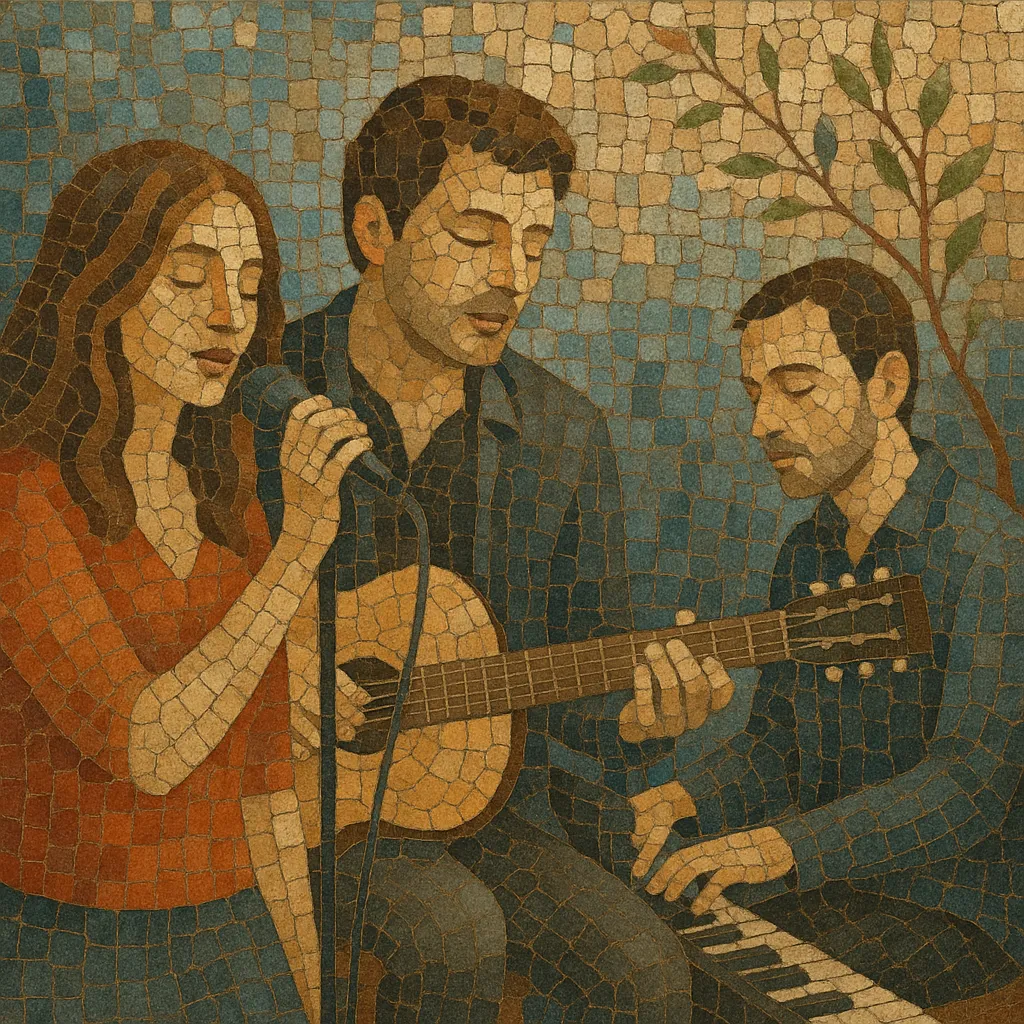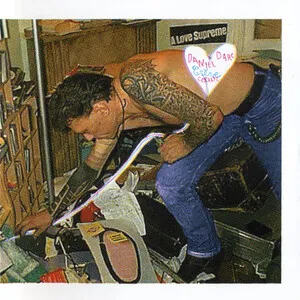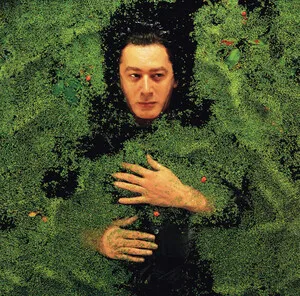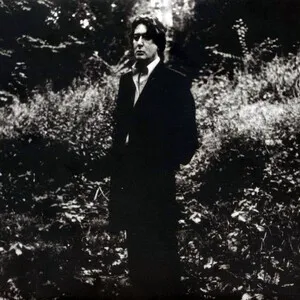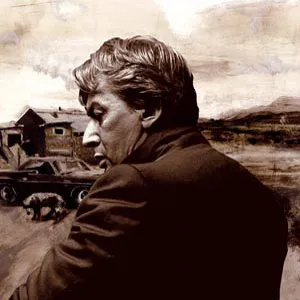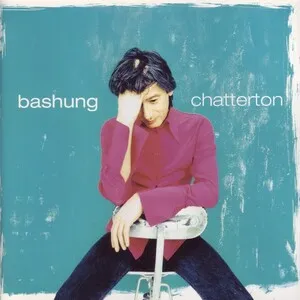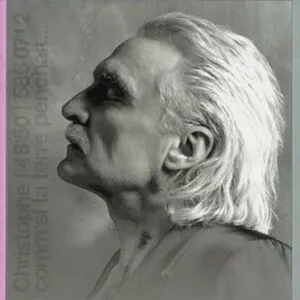Nouvelle chanson française is the late‑1990s/2000s renewal of French chanson that places finely crafted French‑language lyrics at the center while adopting contemporary pop, indie, folk, and light electronic aesthetics.
It retains the poetic intimacy and narrative focus of classic chanson but updates the sound with understated production, acoustic guitar and piano cores, tasteful string/brass colors, and subtle drum programming. The result is a literate, voice‑forward style that ranges from tender and melancholic to wry and conversational, often reflecting urban life, relationships, and everyday detail through modern, minimalist arrangements.
The term “nouvelle chanson française” describes a generation of artists who, in the 1990s, revitalized the chanson tradition with contemporary sensibilities. Dominique A’s early work (notably La Fossette, 1992) is frequently cited as a catalyst: spare textures, intimate vocals, and drum‑machine economy reframed chanson for an indie era. Soon after, figures like Miossec (Boire, 1995) amplified the raw, conversational lyricism and pared‑back arrangements.
In the early 2000s, the movement cohered in the public imagination, with media labels such as “nouvelle scène française” and a cluster of artists—Benjamin Biolay, Vincent Delerm, Bénabar, Keren Ann, Jeanne Cherhal, Camille, and others—defining its sound. Major and indie labels alike fostered this literate, voice‑led approach; festivals (e.g., Francofolies) and intimate venues helped the scene reach broader audiences. The sonic palette blended acoustic guitar and piano with strings, brass, and discreet electronics, while the lyrics embraced diaristic detail, irony, and emotional nuance.
Through the 2010s, nouvelle chanson française cross‑pollinated with art pop, indie folk, and light electronic pop. Artists experimented with vocal techniques, chamber textures, and minimalist production, influencing how French‑language songwriting would sound in the streaming era. While evolving, the genre maintained its core: French lyric clarity, narrative focus, and subtle, modern arrangements. Its impact can be heard across French indie pop and adjacent francophone scenes.
Start with the voice and lyrics in French: intelligibility and phrasing are paramount. Keep arrangements uncluttered so the narrative and melody remain front‑and‑center.

